Rocky Climates - Rydal Cave
2021-ongoing
Rocky Climates research network website
Rocky Climates is an experimental practice-based research network, developed by Sarah Casey, Jen Southern and Rebecca Birch that brings together artists and researchers who are concerned with the mobilities and instabilities (temporal, spatial, cultural, environmental) of landscapes in uncertain times.
The network was initiated in summer of 2021 in a series of Zoom meetings; ‘Conversations with rocks’, hosted by participating artists and researchers from rocky environments. The meetings tested a form of remote fieldwork, where we used Zoom as a portal to connect sensorially and materially to the different locations, creating space for experimenting together, thinking and making with the environments and with each other.
For the first series I hosted a ‘conversation with rocks’ at Rydal Cave in Cumbria. The cave had been a mine, and so is a man made hole in the rock. Its floor is partially filled with water that reflects the sky outside. there have been rock falls from the ceiling and visitors are encouraged not to enter, but this does not deter a steady stream of people. The local mountain rescue website lists incidents, in this area they are mainly falls, slips, sprains and breaks. The conversation with this rock was one of extraction, accident, breaks, and the sense of rockiness is one of instability and danger. I was also drawing on N.K. Jemisin's trilogy 'The Fifth Season', in which some people can 'feel' into rock, can sense it and move it, and are persecuted for this power. I’m interested in rockiness as things that don’t quite hold together, things that are unstable, and perhaps dangerous, so i’m playing with the instability of the signal, and of the rock that could fall.
I used the mobile network signal strength on our zoom call to feel the instability and the density of the rock. By walking in and out of the cave the video image would gradually lose definition and start to fragment and glitch. As I pushed on into the cave my signal gave out and disconnected, but sometimes could cling on as I felt my way through physical and network presences. By walking in and out repeatedly we found areas of signal, almost riding the fluctuating coverage that flows around and into the density of the rock and the gaping hole at its centre.
Using what would normally be a problem with a call helped to produce a post-human conversation between rock, network, phone, my movement, and the group online.
In the conversation we talked about how the live video enabled a sense of feeling into the rock, and the materiality of the inside of things as well as the surface. It was colder inside the cave, and stiller. People said they wanted to turn the lights off in their homes, to feel the darkness too. The slate that was quarried there had sometimes been used for roof tiles, from millions of years inside the hill, it was moved out and up onto a roof. Instead of existing as an interior, it became an exterior protection against weather. Jo mentioned that one of the early signs of climate change thats recorded in the Lake District from about 1800 was reindeer moss that grew only on the top of Scafell, but by the turn of the 19th Century had mostly disappeared. Rebecca added that its probably lichen, and that there are people trying to re-grow a particular lichen on trees in Borrowdale.
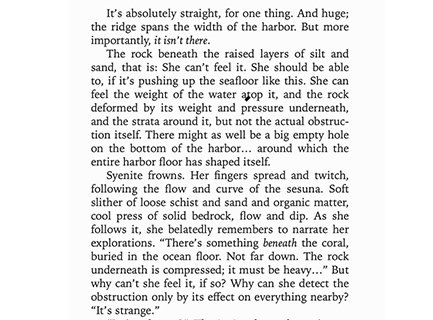
An excerpt from 'The Fifth Season' by N.K.Jemisin
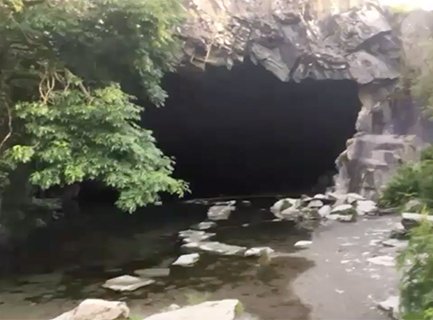
Stepping stones lead into the pool of water that fills this cave made by slate mining.
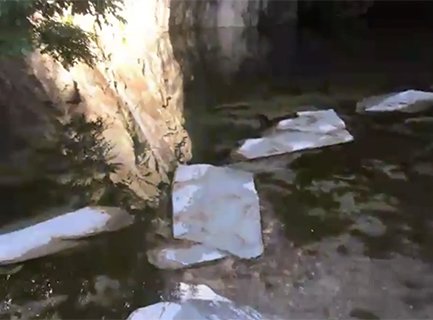
Stepping stones and water distorted in the zoom image by the bad signal as I enter the cave.
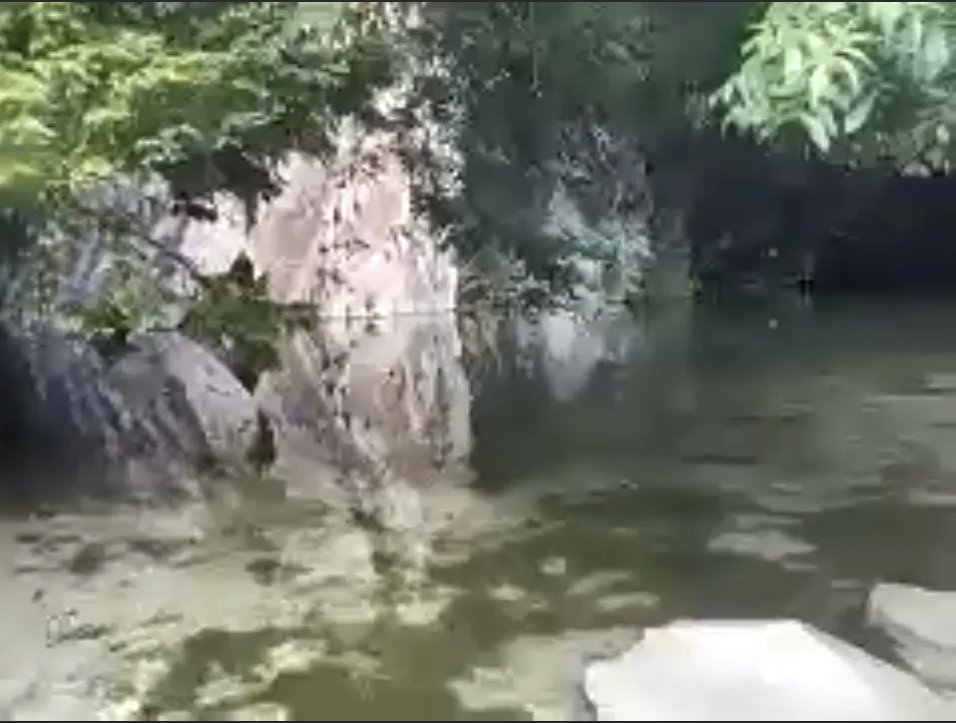
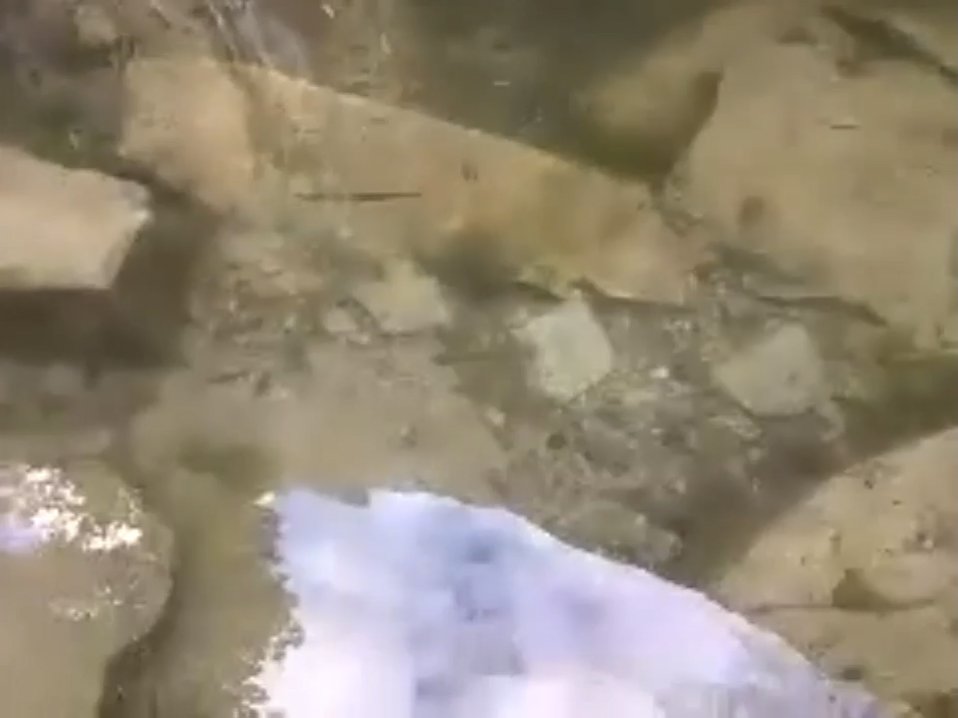
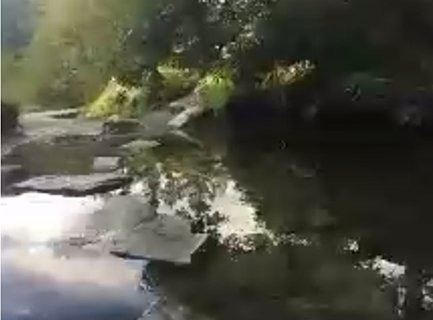
More distortions as I look back out of the cave into the light.
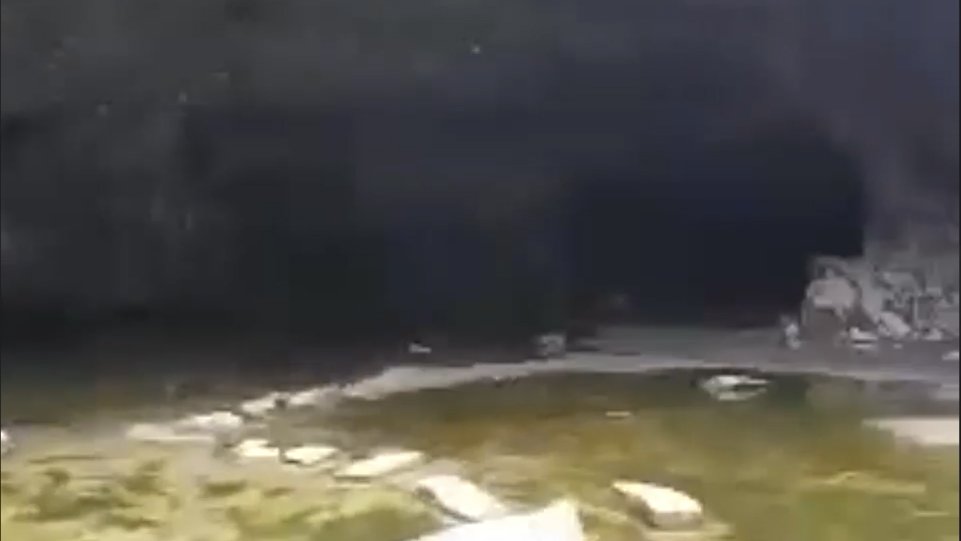
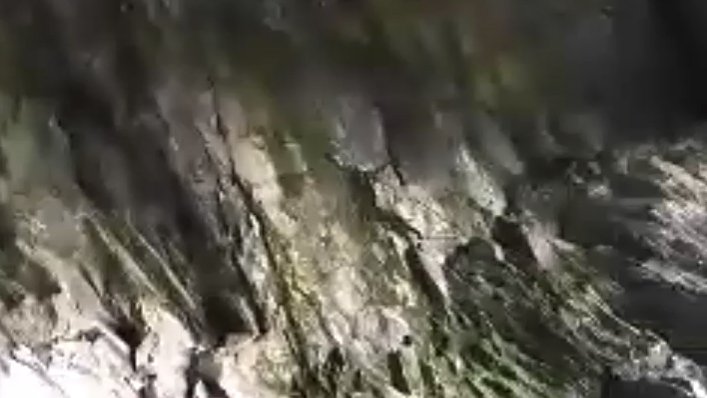
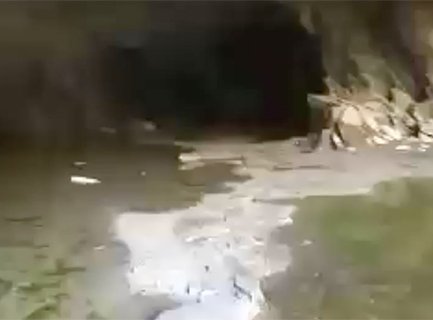
Water underfoot and darkness ahead.
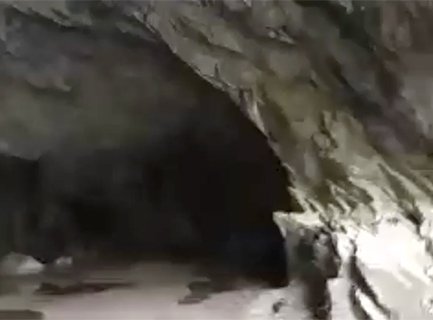
The furthest I could get into the cave without completely losing signal.


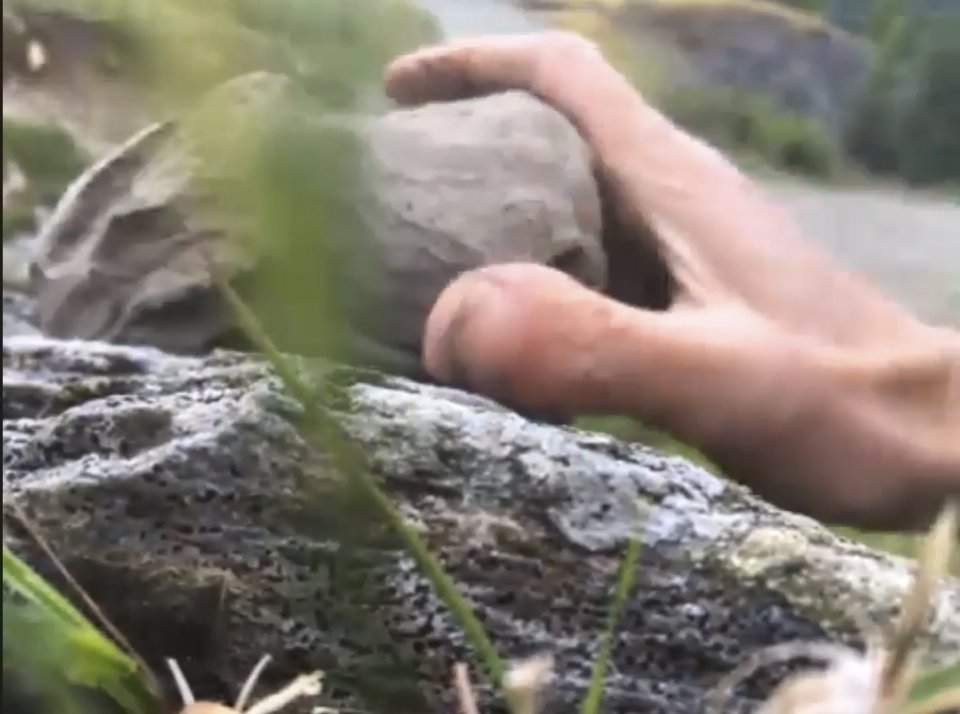
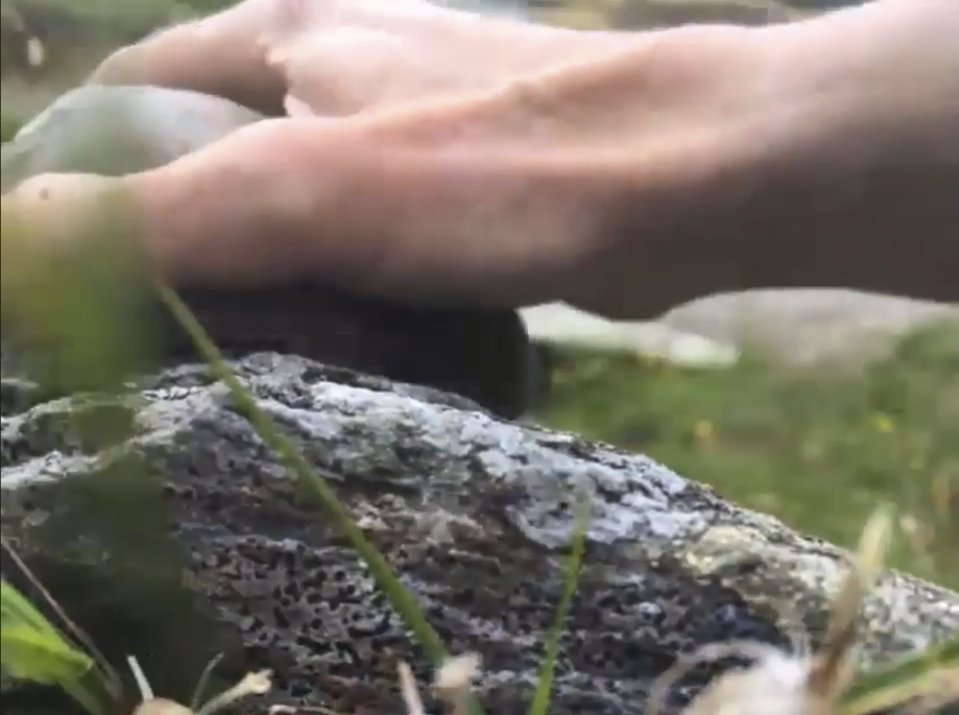
Making an impression of the rock texture in clay to show people at a distance

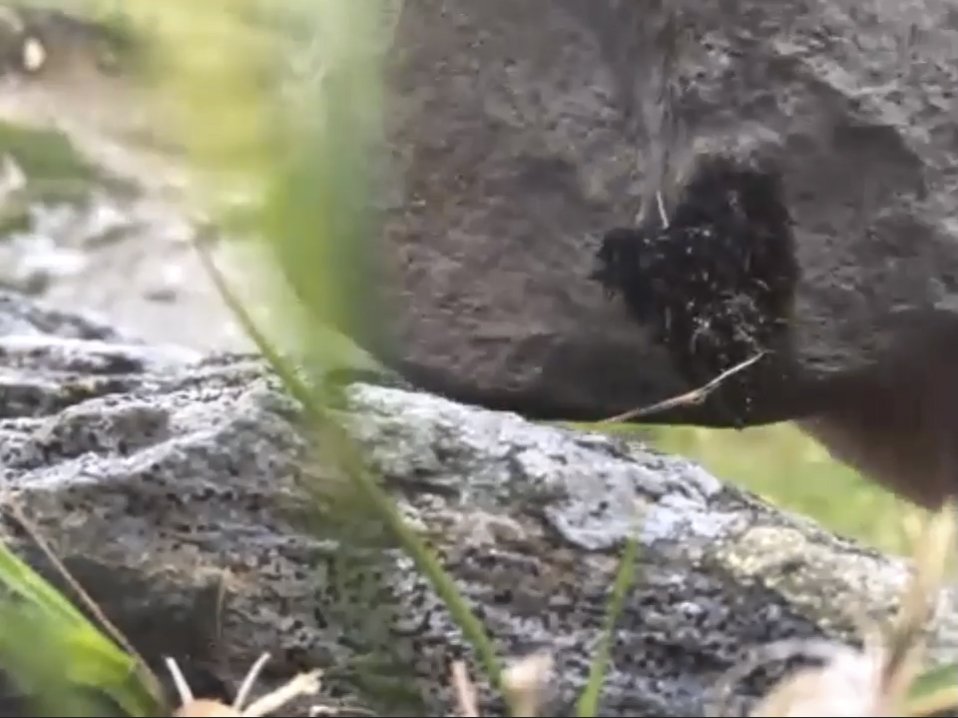
Some moss picked up in the clay
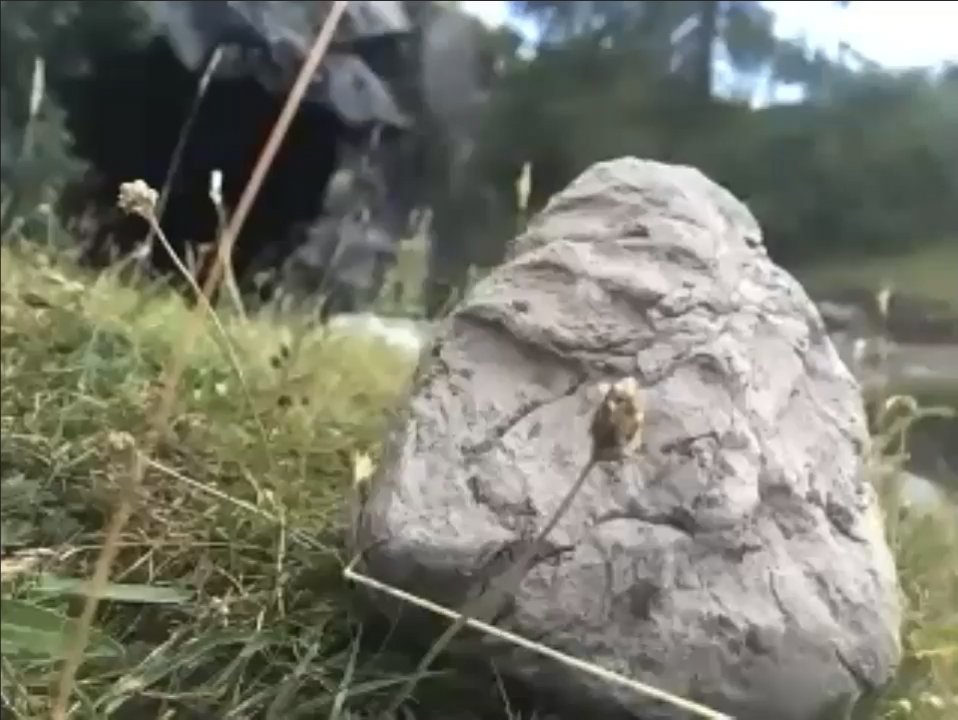
Clay mountain with cave
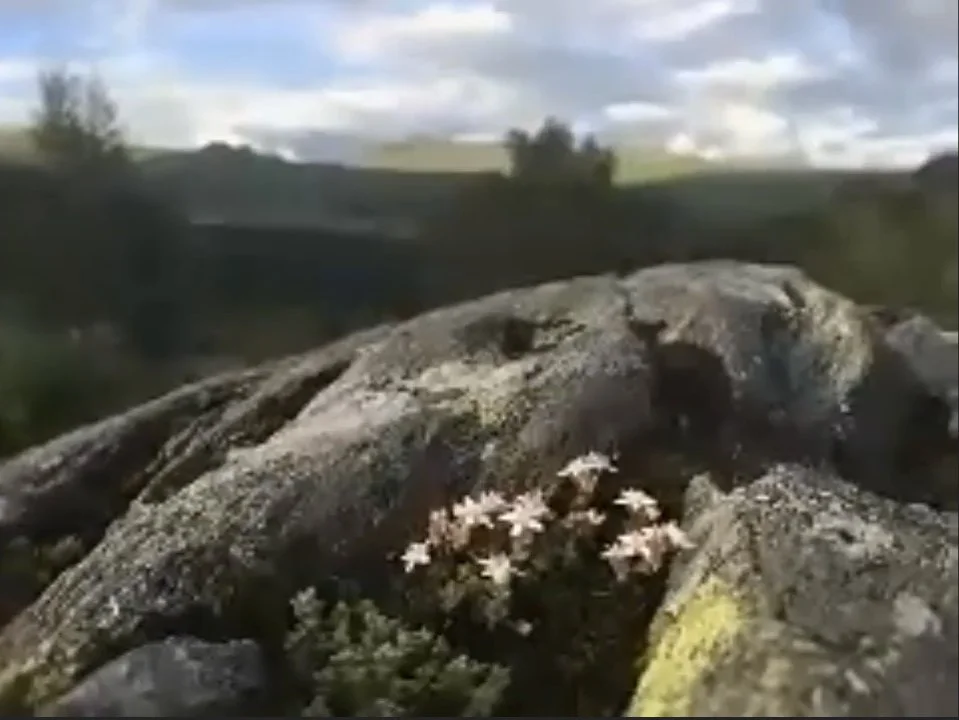
The view from on top of the cave.
